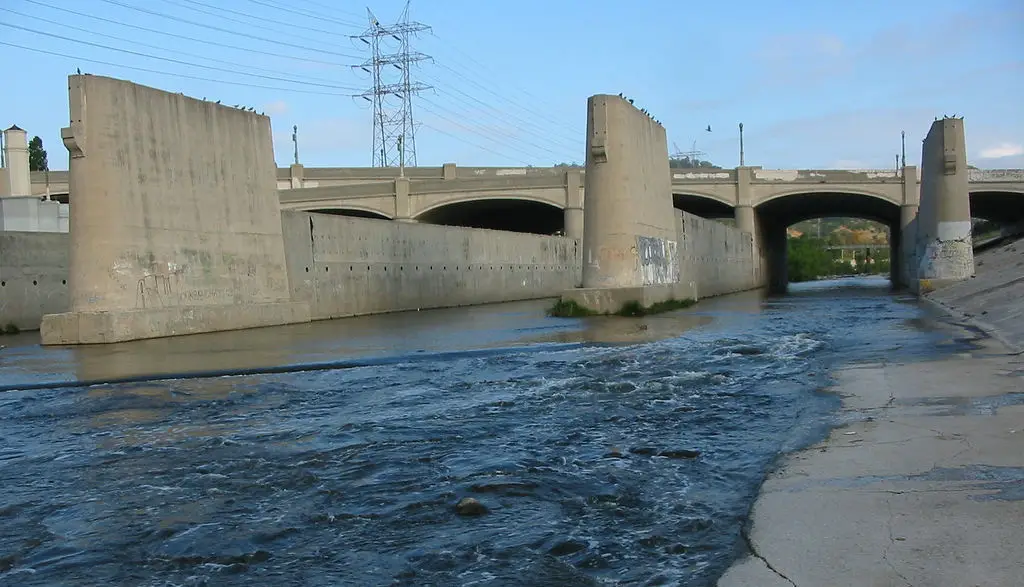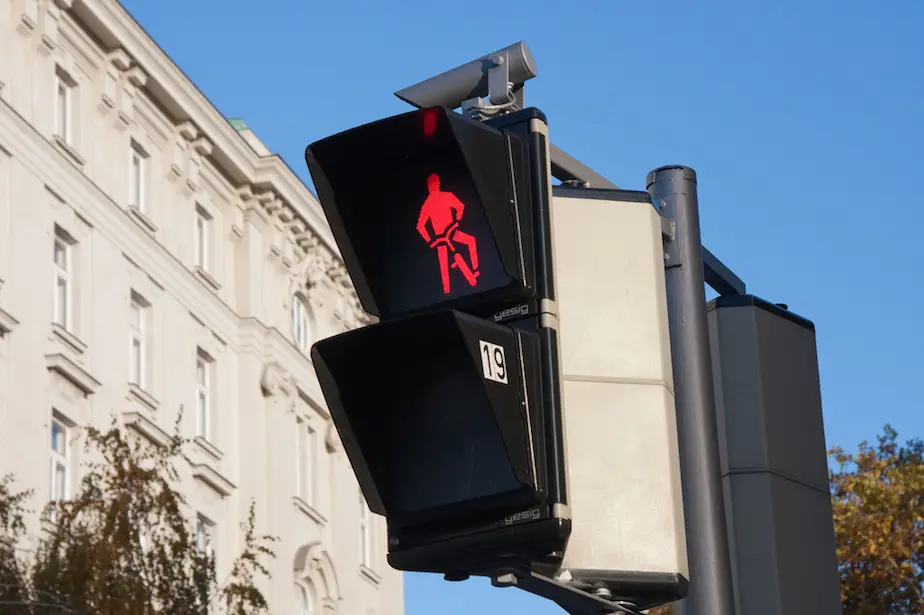Healthy Cities: Learning from Centuries-Old Walkability in Guanajuato
The link between walkability and health has received a lot of attention in the United States over the last half decade. By providing a transportation alternative to driving, walkable (and often dense) cities can encourage daily physical activity, improve air quality, and even foster social capital. But how does this connection manifest in our neighbor to the south, Mexico, where many colonial cities have developed as dense centers of walkability for centuries?
I lived in one such city – Guanajuato – near Mexico’s geographic center for several months last year. The city is known for many things: its role in the country’s independence, its global arts festival Cervantino, its legacy of silver mining, its collection of mummies of cinematic fame. But its downtown web of winding, cobblestone alleyways makes a special impression on visitors by seducing them to walk for everyday transportation. On various travel blogs and review sites, foreigners praise the city for its beautiful architecture and dynamic cultural life, all to be explored on foot.
Guanajuato even made its way into a public health journal article from 2011 titled, “The Role of Clinicians to Empower Communities through Utilization of the Built Environment”:
[A public health nurse] was visiting Guanajuato, an almost completely pedestrian city in Mexico. “Walking is your mode of transportation whether you’re a senator going to office or a local picking up groceries,” [she said]. She also noticed that people weren’t as overweight in Guanajuato as in the United States.
But do local experts in these dense, historical places see health the same way? I corresponded in person and over e-mail with University of Guanajuato architecture professor and 35 year city resident, Manuel Sánchez Martínez. Dr. Sánchez largely agreed that walkable built environments can positively affect health – physical conditioning in particular. But he cautioned against building density without careful attention to safety. “For the elderly and the disabled that live in pedestrian cities, it is a difficult problem. One has to be careful when walking on the stone pavement of Guanajuato, it is very easy to have an accident.”

Square peg in a (not much larger) square hole: a bus leaves little room for pedestrians on the sidewalk through this heavily trafficked alleyway.
Although walking around Guanajuato, to me, was true urbanist bliss, I would have to agree with the professor. Some narrow streets defy logic (or geometry) as they carry busy car and bus traffic and offer only the slightest hint of sidewalk space. And while I witnessed impressive physical conditioning among abuelas marching up steep, uneven flights of stone stairways – heavy groceries in hand – this form of walkability could certainly benefit from safety improvements. Dr. Sánchez himself worries about climbing up to his hillside house when he gets older. When asked about what could improve Guanajuato, he noted, “To me, it would be better if there were trees in the streets. And in certain places support railings and places to rest.” This reminds me of some urbanists’ call for “sit-able cities.” They might just be right, especially in centuries-old cities not composed entirely of young, physically fit residents.

One of the few wheelchair ramps seen in the city.
It is important to note that this kind of development pattern does not definitively represent Mexico much more than Boston (whose winding streets make a good comparison here) represents the United States. The fact that obesity is now more prevalent in Mexico than in the United States suggests that these walkable colonial town centers may be oases amidst a host of environmental, economic, and social contributors to chronic disease. Places like Guanajuato ought to be acknowledged, cherished, and improved to support health and safety for all residents.
So as we continue to advocate for healthy cities, let us remember that only in America (and other largely auto-dependent countries) is walkability truly a new innovation. We should learn what we can from those who have been, in some ways, getting it right for centuries.
Dale Terasaki is a Seattle native, currently working on medical and public health degrees at the University of Washington.


